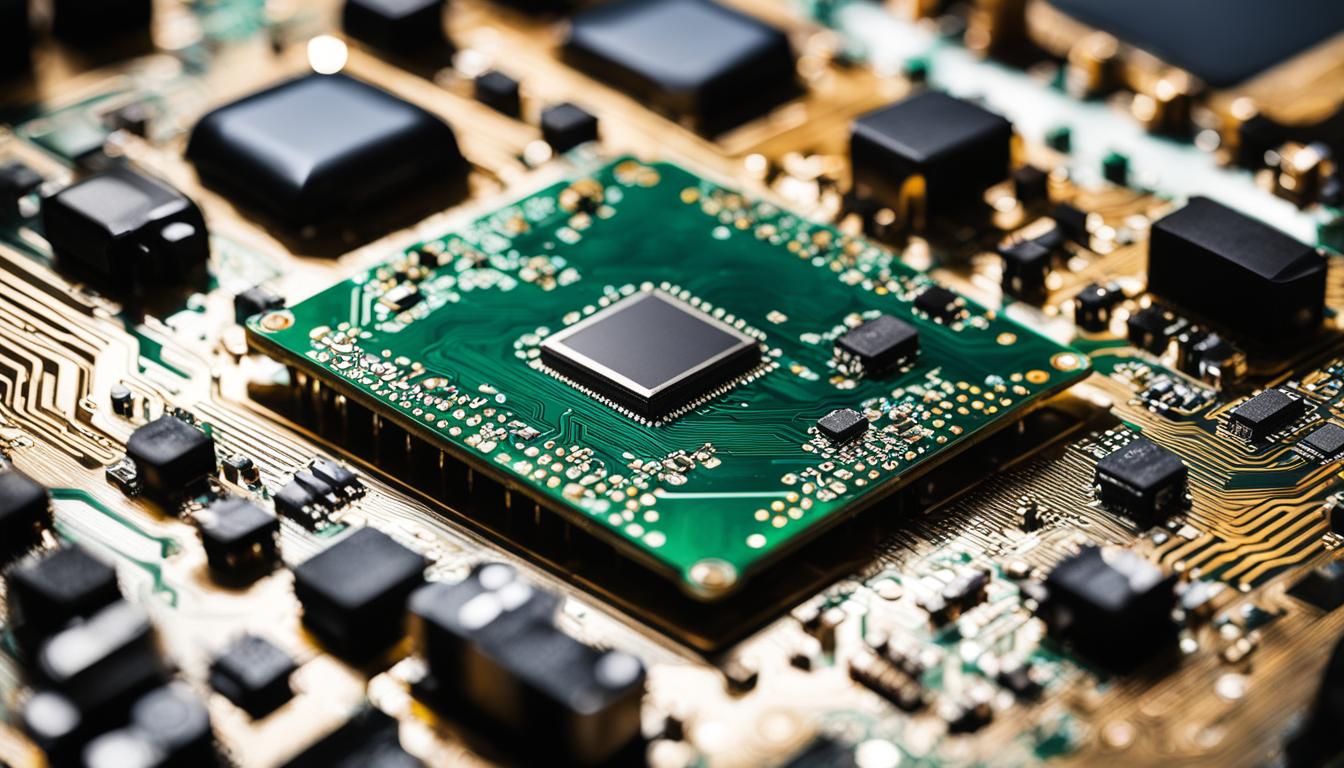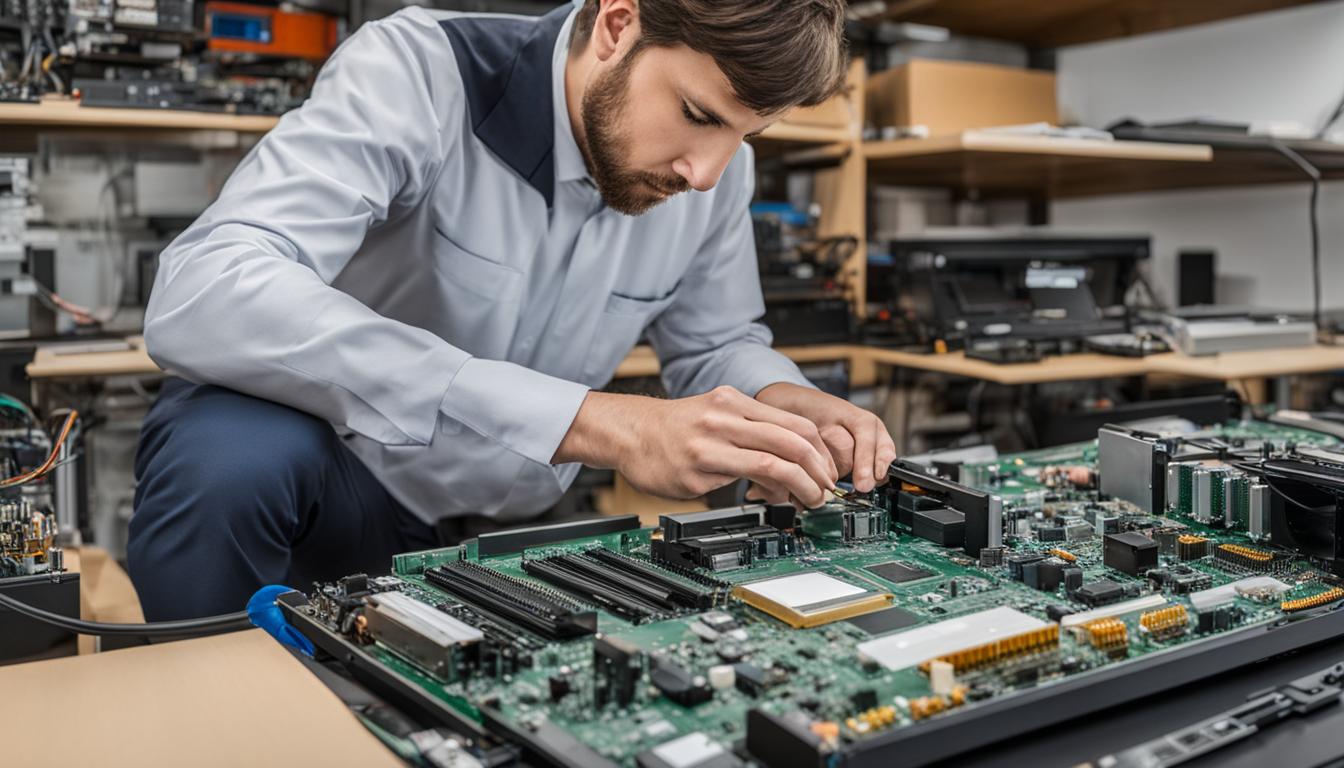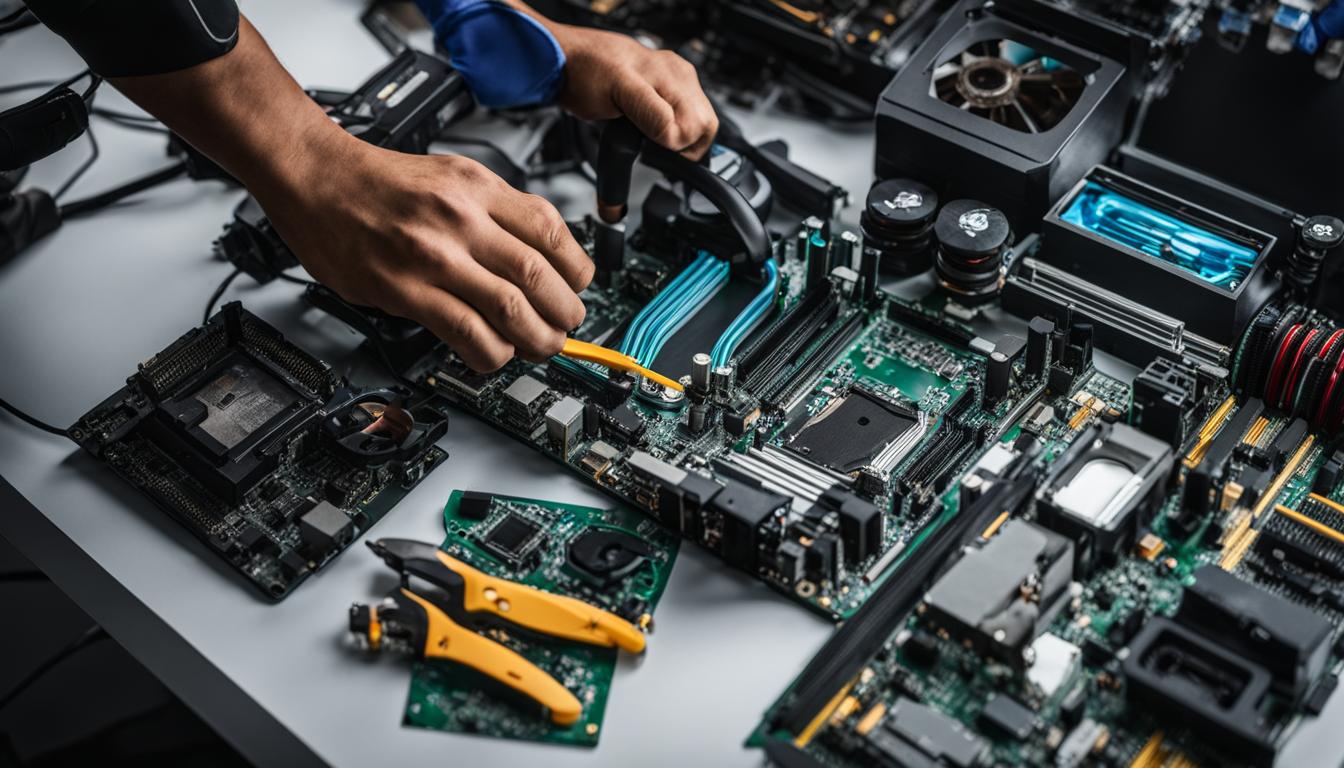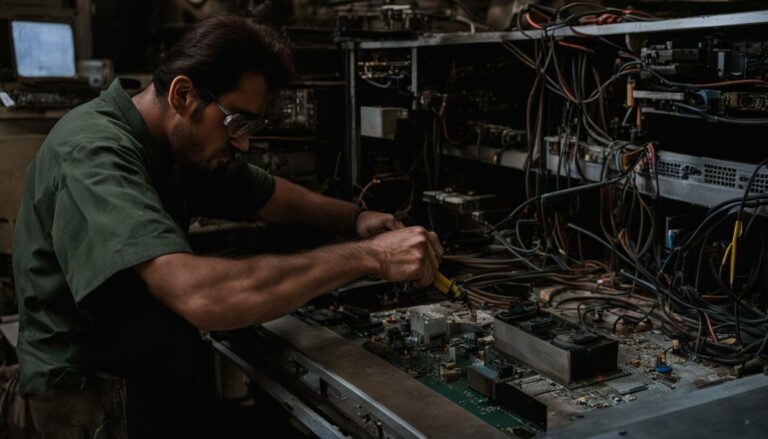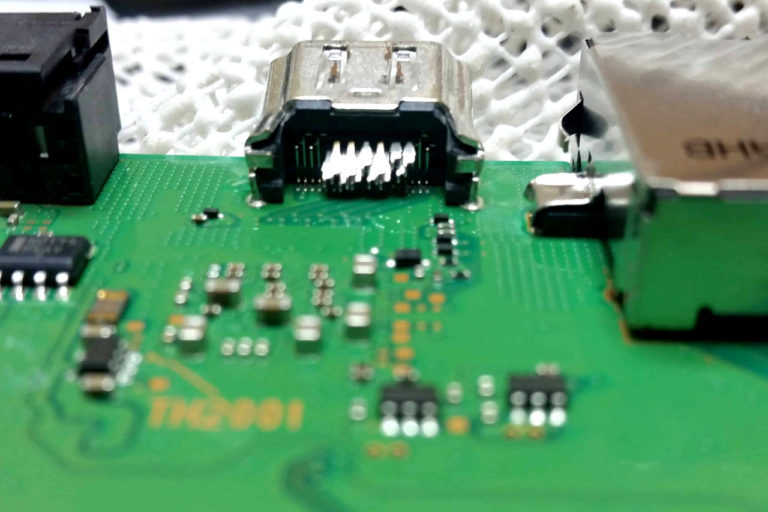The Evolution of Computer Servicing: A Historical Perspective
In today’s interconnected age, the essence of our digital endeavors is largely dictated by computing devices. Be it the smartphones we’re glued to or the complex servers powering our favorite websites, the computer revolution has undeniably shaped the modern world. But have you ever paused to consider the evolution of computer servicing? Let’s delve deep into this historical voyage.
The Pre-Digital Era
Before the ubiquity of electronic computers, the term ‘computer’ was attributed to humans performing numerical calculations, often with the aid of a mechanical calculating device. The servicing of these early machines, like the Analytical Engine, was primarily mechanical. A faulty cogwheel or lever would be the typical culprits, demanding expertise in mechanics.
The Birth of Electronic Computers
The mid-20th century witnessed the advent of electronic computers. Devices like ENIAC and UNIVAC broke grounds, not just in computational prowess but also in maintenance needs. Vacuum tubes, punch cards, and magnetic tapes were all pivotal components. Servicing them required a mix of electrical and mechanical skills. Businesses emerged, catering specifically to these maintenance needs, much like the early iterations of Scot-Comp.
The Personal Computer Revolution
With companies like Microsoft and Apple paving the way, computers soon transitioned from being room-sized behemoths to desk-bound devices and finally to portable units. This shift led to a spike in the demand for servicing, ranging from hardware malfunctions to software glitches. The era of personal computers brought about local service centers, many of which were specialized in specific tasks, be it hardware repairs or software troubleshooting.
The Software Era
The rise of the internet and the ubiquity of software applications led to new servicing challenges. Malware and software conflicts became commonplace. Specialized services like virus removal sprouted, addressing software-based issues. Service providers had to continuously upgrade their skills to keep pace with the rapid software advancements.
Diverse Devices and the IoT Age
Today, the computing realm isn’t limited to PCs. Smartphones, tablets, smartwatches, and a plethora of IoT devices have inundated the market. Each device, with its unique hardware and software configuration, demands specialized servicing skills. Contemporary service centers, like Scot-Comp, offer a gamut of services, reinforcing the fact that the world of computer servicing has expanded way beyond traditional computers.
The Future of Servicing
As we stand on the cusp of technological innovations like quantum computing and augmented reality, the servicing landscape promises to undergo further transformations. Emphasis on sustainability might push repair over replacement, and as devices become more interconnected, troubleshooting might become more complex.
The Challenge of Miniaturization
A noteworthy trend in the evolution of computers is the push towards miniaturization. As devices become smaller and more compact, the challenge of servicing them increases manifold. The internal components of devices like smartphones and tablets are intricately packed, leaving minimal room for error during repairs. This trend demands precise tools and specialized training for technicians, underscoring the shift from a generalized repair approach to a more specialized one. Local service centers, like Scot-Comp, now often focus on specific brands or devices, enhancing their expertise in those areas.
Emphasis on Data
As technology has evolved, the significance of data has become undeniable. Earlier, computer servicing largely revolved around hardware repairs. Today, data recovery and protection play a central role. A malfunctioning device may hold cherished family photos, critical business documents, or years of research. Recognizing this shift, many servicing centers have started offering specialized data recovery services, underlining the importance of data in today’s digital age.
Servicing in the Age of Sustainability
The modern era brings with it a heightened awareness of sustainability and environmental concerns. The throwaway culture of electronics is being challenged, with users and advocacy groups pushing for devices that can be repaired, not just replaced. Legislative efforts, such as the “Right to Repair” movement, aim to make devices more service-friendly, ensuring a longer lifespan and reduced electronic waste. Such initiatives, combined with the services of responsible companies like Scot-Comp, pave the way for a more sustainable future in the realm of electronics.
Remote Troubleshooting
With the global shift towards connectivity and the cloud, many issues that earlier required physical intervention can now be resolved remotely. Service providers now often offer remote support, diagnosing and fixing software issues without the need for the device to be physically present. This not only expedites the servicing process but also reduces the carbon footprint associated with transporting devices to and from service centers.
Wrapping Up
Tracing the trajectory of computer servicing offers a mirror to the broader evolution of technology. From mechanical repairs of early computational devices to today’s multifaceted digital troubleshooting, the journey has been profound. As companies like Scot-Comp illustrate, embracing this evolution is pivotal to thrive in the digital age. As technology continues its relentless march forward, so too will the world of computer servicing, ever-adapting and ever-evolving.
Conclusion: The Journey Continues
While we’ve journeyed through various phases of computer servicing in this article, it’s essential to recognize that this evolution is ongoing. The dynamic nature of technology ensures that the servicing industry will continue to adapt, grow, and transform. Embracing change, upholding quality, and prioritizing sustainability, as showcased by institutions like Scot-Comp, will be the cornerstones of success in this ever-evolving landscape.

